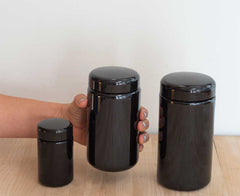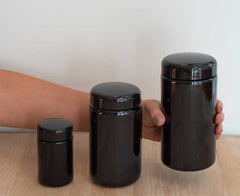Green tea catechins during food processing and storage: A review on stability and detection
Author: Victoria K. Ananingsih and Amber Sharma and Weibiao Zhou
Green tea catechins can undergo degradation, oxidation, epimerization and polymerization during food processing. Many factors could contribute to the chemical changes of green tea catechins, such as temperature, pH of the system, oxygen availability, the presence of metal ions as well as the ingredients added. Several detection methods have been developed for tea catechin analysis, which are largely based on liquid chromatography (LC) and capillary electrophoresis (CE) methods for getting a good separation, identification and quantification of the catechins. Stability of green tea catechins is also influenced by storage conditions such as temperature and relative humidity. The stability of each catechin varies in different food systems and products. Pseudo first-order kinetic model has been developed and validated for the epimerization and degradation of tea catechins in several food systems, whereas the rate constant of reaction kinetics followed Arrhenius equation.



